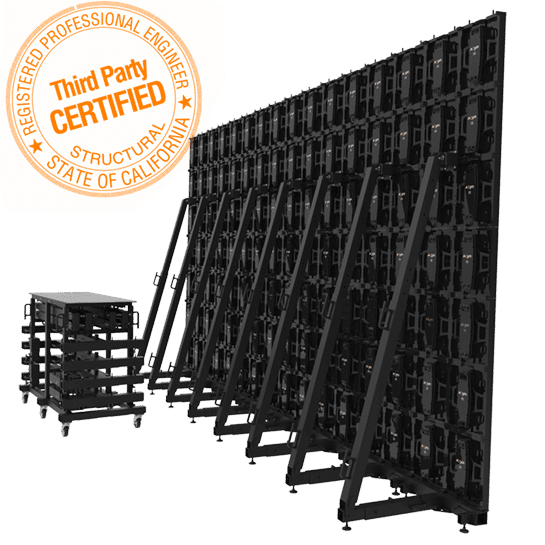Light Emitting Diode display panels have gained popularity for their ability to deliver crisp imagery in multiple settings, from corporate environments to event venues. One of the primary aspects of these panels is their connectivity options, which allow users to connect them to different devices and systems. Comprehending the broad input options supported for Light Emitting Diode wall panels is essential for maximizing their use and effectiveness. This article details these options, showcasing how they can adapt to specific needs and preferences.

One common interface approach for LED wall panels is High-Definition Multimedia Interface. HDMI is broadly recognized for transmitting crisp video and audio streams between devices. This interface type is especially useful in commercial environments, such as meeting spaces or classrooms, where presentations or video content are often displayed. By using digital connectors, users can seamlessly connect laptops, projectors, and streaming devices to LED wall panels, guaranteeing a sharp and dynamic display of information.
Another commonly used connectivity option is Display Port, which is comparable to HDMI but offers additional benefits. DisplayPort can support elevated refresh rates and resolutions, making it an excellent choice for interactive media or design-heavy applications. For those using LED wall panels in settings where output quality is essential, such as esports arenas or creative workspaces, DisplayPort can provide the required visual clarity. Additionally, many modern computers and graphics cards feature Display Port connections, making it a practical solution for tech-savvy users.
In addition to High-Definition Multimedia Interface and Display Port, cordless connectivity options are becoming increasingly common in Light Emitting Diode wall panel solutions. Wireless connections allow users to share content without the requirement for physical cables, enabling a streamlined and more flexible configuration. Platforms such as Wi-Fi and Bluetooth enable users to link smartphones, tablets, and laptops seamlessly to Luminescent Diode wall panels without tangled wires. This convenience is particularly advantageous in helpful site dynamic environments like trade shows or events, where quick adjustments to displays are often required.
For extensive deployments or more intricate configurations, LAN integration through wired networking is another reliable solution. Ethernet connections provide a stable and reliable way to connect multiple LED wall panels within a system. This approach is suitable for electronic display use cases found in retail centers or transport hubs, where numerous panels may need to display synchronized content across a wide area. By check this link right here using Ethernet cables and network switches, users can ensure that all connected panels receive consistent updates and content efficiently.
Finally, it's crucial to evaluate the evolution of interface technology with advancements such as Universal Serial Bus-C and Thunderbolt Three. These newer connection types offer increased data transfer speeds and flexibility by allowing one connector to handle both energy transfer and data exchange. As more systems incorporate these protocols, Light Emitting Diode wall panels equipped with Type-C ports will likely become more common. This evolution in connectivity not only enhances the functionality of LED wall panels but also aligns with the growing trend of minimalism in technology setups by reducing the number of cables needed.
In summary, exploring the diverse interface methods accessible for Light Emitting Diode wall panels uncovers many opportunities for operators across multiple industries. From conventional approaches like High-Definition Multimedia Interface and DisplayPort to contemporary wireless solutions and network connections, each pathway serves specific functions suited to distinct needs. Furthermore, next-gen technologies like USB-C offer further developments in how professionals utilize Luminescent Diode wall panels. By grasping these integration choices, individuals can make informed decisions that enhance their overall engagement with these versatile display tools.